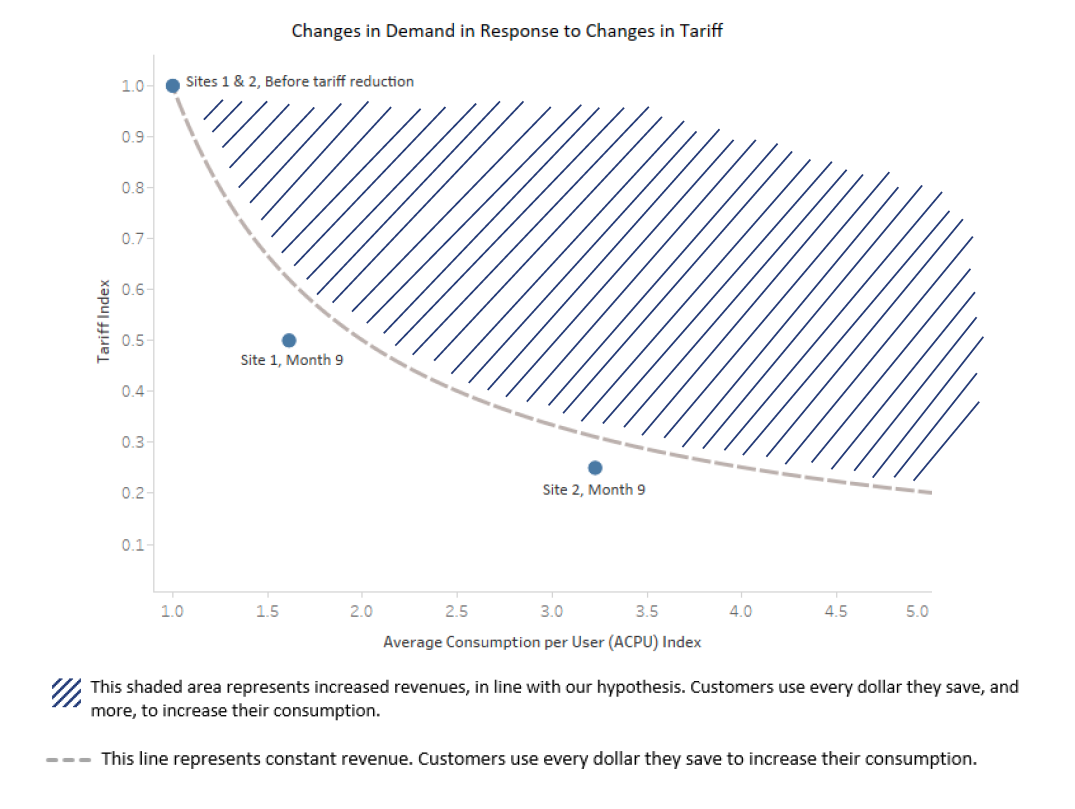
Powering the future: a smart, sustainable, inter-connected and customer-focused grid
Powering the future: a smart, sustainable, inter-connected and customer-focused grid
As Africans, we are all fed up with load-shedding and black-outs – a consequence of old power systems and legacy grids. These legacy grids are centralized, dependent on fossil fuels, poorly maintained, and have cost African economies heavily.
It’s time to think about the future grid – a decentralized and interconnected network of generation, distribution, and storage. The future grid is the key to establishing sustainable and resilient energy systems across Africa – and the good news is it’s already here!
The key features of the future grid
In this type of grid, generation and storage occurs across millions of nodes – ranging from utilities, mini-grids, commercial and industrial players, households, electrical vehicles, and small businesses. The nodes actively engage and interact with the market, enabled by smart meters and interconnection.
The economic viability of this grid is driven by its decentralized and customer-centric features – least-cost electrification technologies are prioritized, and private sector participation ensures adequate investment. Financial instruments and tools that govern this include public-private partnerships, power-purchase agreements, and feed-in tariffs.

CrossBoundary’s Mini-Grid Innovation Lab is supporting the sector to develop this future grid across multiple African countries. To date, the Lab has launched 11 prototypes with 27 developers and 1 public utility, across 9 countries, with tests now live in the field across 118 sites.
These include prototypes such as Appliance Financing and Tariff Reduction that increase consumption, and Modular Grids and Bulk Procurement that reduce cost.
Tell us what you think: what are the innovations we need to accelerate the establishment of a future grid in Africa that is sustainable, resilient, and efficient, and ensures equitable access to power for all?



